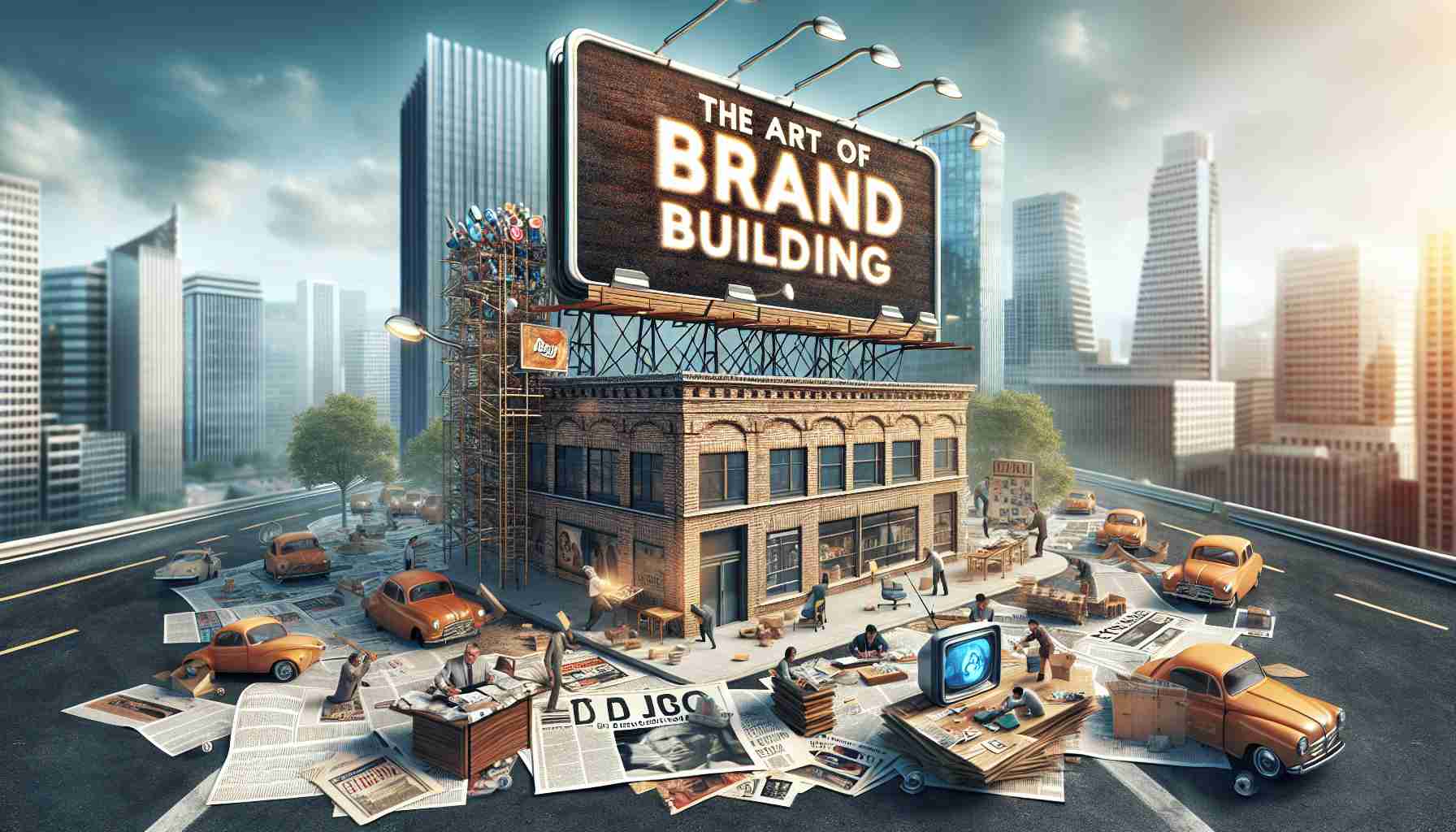In today’s digital world, measurements and metrics are incredibly popular in marketing, giving a sense of full control over campaigns. However, we often forget about the basics of marketing, which still hold immense importance.
Recently, Peter Field’s words about the future of TV advertising at the Global Television Advertising Event have been bothering me. In recent years, marketing, and media in particular, have focused on short-term strategies. Everything happening in the digital realm is measured, giving digital marketers a sense of control. But we have forgotten about the fundamentals that still apply.
The digital metrics we currently measure are often measured for the sake of measuring. We rarely question their value. Take, for example, the definition of video views on Facebook – a view is counted if it is watched for at least three seconds. But what about clicks? Not clicking on an ad doesn’t mean that consumers won’t buy our product.
Certain digital platforms offer return on investment reports. However, these returns on investment are short-term, based only on one campaign, calculated in isolation on that platform.
The basics of marketing, which involve creating memory structures in consumers’ minds, have been forgotten. This usually happens over time when consumers are not in the market and, most importantly, it happens unconsciously.
If marketers have research, such as those conducted by Field, Sharp, or Nelson-Field, why do they still focus on digital platforms, significantly limiting spending on traditional media or completely eliminating them from the plan?
Building a brand
Radio, television, print, or billboards have the advantage of quickly and extensively reaching potential customers. Whether it’s low or high-value products, getting people to consider our brand is key. Do they prefer our brand compared to others? Would they consider it when making a purchase in that category? Then other marketing factors (product, place, price) play a crucial role, more significant than promotion.
However, even before this stage, brands can invest in communication. The most effective channels are those that allow for the building of memory structures.
According to Field and Nelson-Field, an ad must have at least 2.5 seconds to have a chance to build memory structures. The longer the ad, the better. A 30-second ad has a much harder time sticking in memory than a three-second display.
Using this knowledge, let’s consider which advertising channels allow for the airing of ads for such a long time.
The next step is to consider the consumer experience of the people we want to reach. Is ad interruption accepted or considered annoying? Again, traditional channels have the most trust and acceptance, meaning that ads in these environments are beneficial for advertisers.
Thirdly, traditional media offers the needed space for ad visibility. Big screens, large billboards, one or two newspaper pages. Audio ads, despite the lack of visual elements, also have a great impact on building memory structures. They don’t interrupt, and audio ads are played in their entirety. It is rare for listeners to turn off the radio because of an ad.
Most digital channels don’t match these capabilities. Consumption is often fleeting, screens are usually small, and digital ads are seen as intrusive. Even if they have an effect in reaching consumers when they actively search for products in our category.
Of course, network-delivered TV is an exception if ads cannot be skipped. But it still lacks reach due to fragmentation across different platforms.
In summary, media plays a key role in the effectiveness of advertising. Creativity and message are crucial, but the message must have a chance to be noticed and recognized.
Traditional media is incredibly important when it comes to building the reach necessary for constructing memory structures. Moreover, these channels are increasingly transitioning to digital platforms, making them more accessible to brands with smaller budgets.
Results may only be visible after some time, so it’s important not to rush to dismiss traditional media in favor of their digital counterparts.
The source of the article is from the blog j6simracing.com.br
